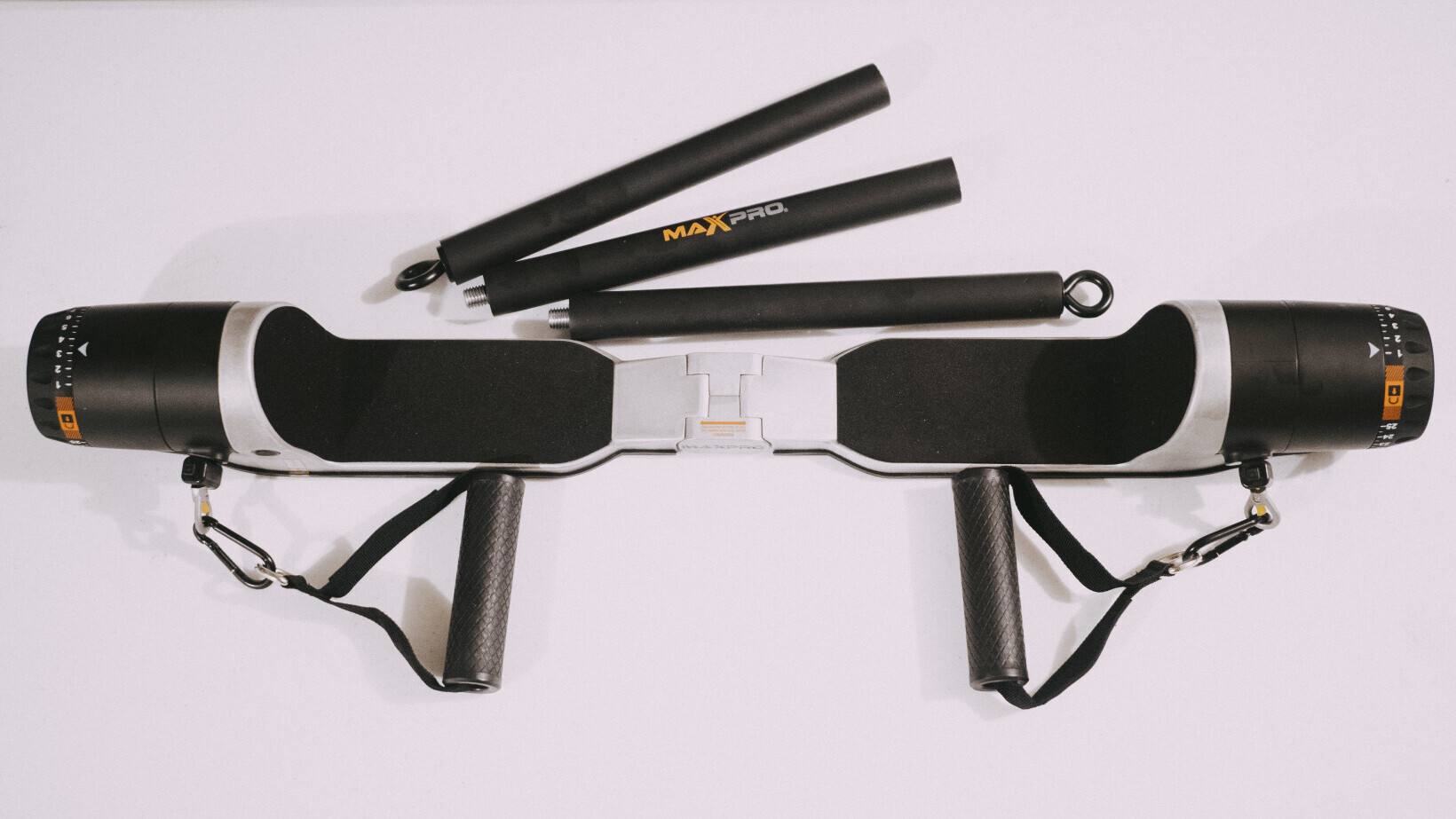All Articles for
Gym
This article is about the indoor sports facility. "Gym" can also refer to a fitness and health club. For other uses, see gymnasium (disambiguation). Not to be confused with Physical Education. Gym is slang for gymnasium and gymnastic services such as in schools and colleges and is attributed to compounds such as gym shoes. Gymnasia are open air and covered locations for gymnastics and athletics. Gymnasia apparatus such as bar-bells, parallel bars, jumping board, running path, tennis-balls, cricket field, fencing gallery, and so forth are used as exercises. In safe weather, outdoor locations are the most conductive to health. Gyms were popular in ancient Greece. Their curricula included Gymnastica militraria or self-defense, gymnastica medica, or physical therapy to help the sick and injured, and gymnastica athletica for physical fitness and sports, from boxing to dance. The gyms had halls and colonnades with statues and pictures. These gymnasia also had teachers of wisdom and philosophy. Community gymnastic events were done as part of the celebrations during various village festivals. In ancient Greece there was a phrase of contempt, "He can neither swim nor write." After a while, however, Olympic athletes began training in buildings just for them. Community sports never became as popular among ancient Romans as it had among the ancient Greeks. Gyms were used more as a preparation for military service or spectator sports. During the Roman Empire, the gymnastic art was forgotten. In the Dark Ages there were sword fighting tournaments and of chivalry; and after gunpowder was invented sword fighting began to be replaced by the sport of fencing. There were schools of dagger fighting and wrestling and boxing. Then in the 1700s, Salzmann, German clergyman, opened a gym in Thuringia teaching bodily exercises, including running and swimming. Clias and Volker established gyms in London, and in 1825, Doctor Beck, a German immigrant, established the first gymnasium in the United States. It was found that gym pupils lose interest in doing the same exercises, partly because of age. Variety in exercises included skating, dancing, and swimming. Some gym activities can be done by 6 to 8 year olds while age 16 has been considered mature enough for boxing and horseback riding. The Greek term gymnasion (γυμνάσιον) was used in Ancient Greece to describe a locality for both physical and intellectual education of young men (see gymnasium (ancient Greece)). The latter meaning of intellectual education persisted in Greek, German and other languages to denote a certain type of school providing secondary education, the gymnasium, whereas in English the meaning of physical education was pertained in the word gym. The Greek word gymnasium means "school for naked exercise" and was used to designate a locality for the education of young men, including physical education (gymnastics, i.e. exercise) which was customarily performed naked, as well as bathing, and studies. For the Greeks, physical education was considered as important as cognitive learning. Most Greek gymnasia had libraries that could be utilized after relaxing in the baths.

